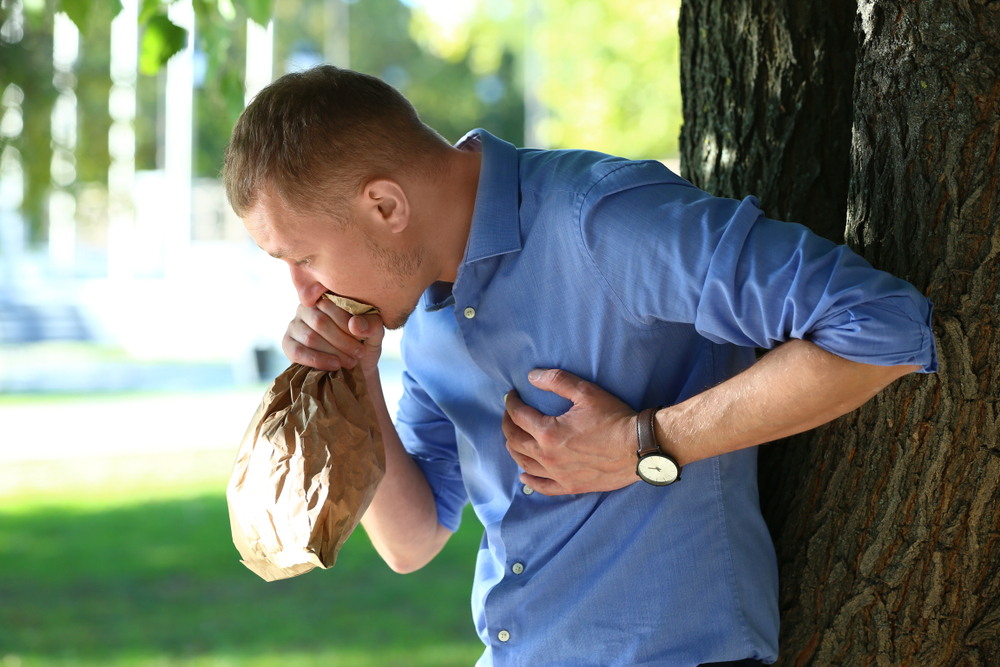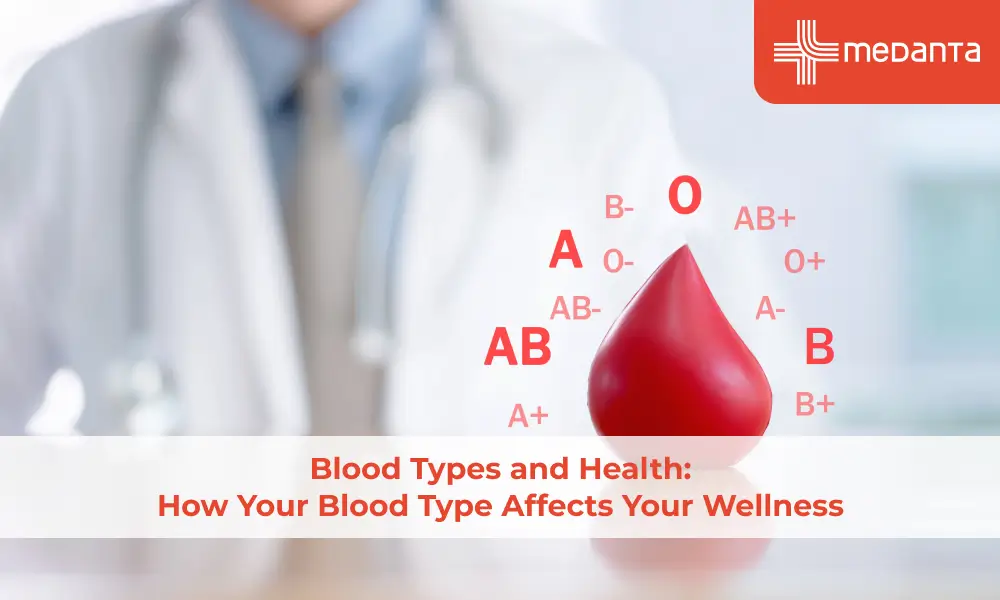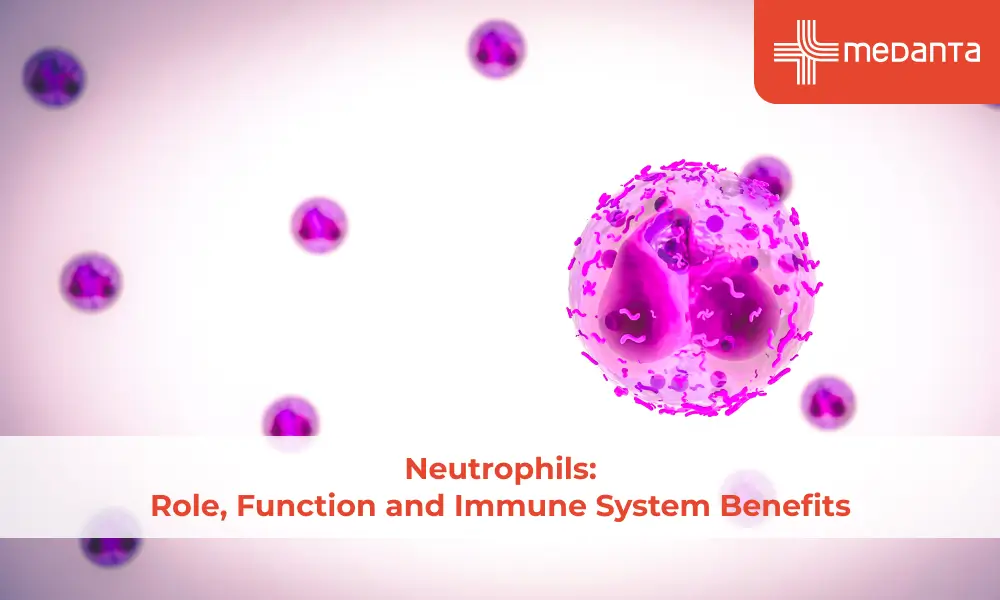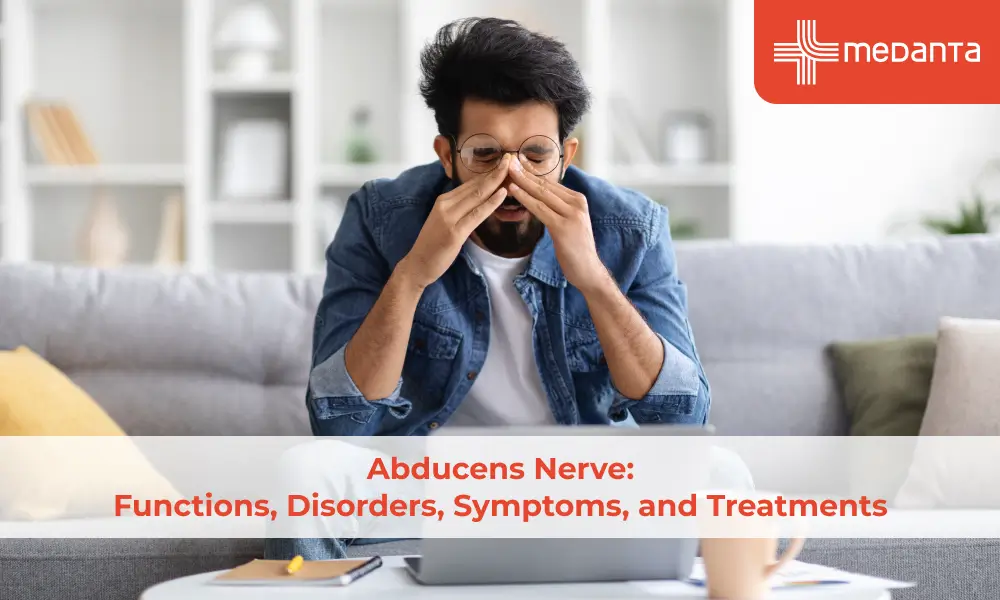Mythbuster: Panic attacks can be fatal

Consider yourself on a crowded bus. Your chest starts to pound and your heart starts to gallop. You start to feel dizzy and your throat starts to tighten. You cast a quick peek at the exit because you fear losing control if you don't get off the bus. That is- Panic attack.
A panic attack, as defined by The Diagnostic and Statistical Manual of Mental Disorders, Fifth Edition (DSM-5), is a quick start of terror that is accompanied by at least four emotional and physical symptoms. A panic episode usually starts very immediately and lasts for 20 to 30 minutes.
Panic attack signs and symptoms include:
a) Sense of impending doom or danger
b) Fear of loss of control or death
c) Rapid, pounding heart rate
d) Sweating
e) Trembling or shaking
f) Chills
g) Hot flashes
h) Nausea
j) Chest pain
k) Headache
l) Unsteadiness, faintness, or dizziness
m) The feeling of numbness or tingling
n) Unreality or a sense of remoteness
o) Throat discomfort or shortness of breath
Attacks of panic are frequent. A panic episode will occur in roughly 28% of adults at some point in their lives. Many people who experience panic attacks never experience them again. However, those who experience panic attacks are more likely to also suffer from depression or panic disorder.
Causes
Although the exact cause of panic episodes or panic disorder is unknown, the following factors might be involved:
a) Genetics
b) Major stress
c) Temperament that is more vulnerable to anxiety or other undesirable feelings
d) Various modifications to how certain brain regions work
Initially, panic attacks may strike unexpectedly and without notice, but over time, they are typically brought on by particular circumstances.
According to some studies, panic episodes may be a result of your body's normal fight-or-flight reaction to danger. For instance, your body would respond automatically if a grizzly bear pursued you. Your breathing and pulse rate would quicken as your body braced for a potentially fatal circumstance. In a panic attack, many of the same responses take place. However, it is uncertain why a panic attack happens when there is no immediate risk.
Can a Panic Attack be Fatal?
While a panic episode might be terrifying, it is not life-threatening.
A panic attack occurs when a person experiences overwhelming dread and worry, which prompts the body to respond as though there is danger. The body enters "fight or flight" mode, speeding up respiration and heart rate.
Although these brief shifts may be unsettling and terrifying, they won't cause the person's death.
During a panic episode, some people may hyperventilate or breathe quickly. Hyperventilation lowers blood levels of carbon dioxide, which can cause dizziness. Very rarely, the person can pass out.
It's crucial to remember that terror can activate people's resources and cause them to become hyper-alert. A therapist may advise a patient to carry on as usual when using the exposure treatment strategy to assist them to understand that panic attacks pass on their own and unpleasant things do not happen.
How to handle panic attacks?
A person experiencing a panic attack may find their coping skills overwhelmed and have a sense of impending danger.
Even just being aware that a panic attack is the cause of the symptoms rather than something else can lessen the severity of the attack. The following are some possible signs to watch out for:
a) Racing heart
b) Tightness in the chest
c) Rapid, shallow breathing
d) Feelings of terror
e) Fear of dying
f) Unavailability of other thoughts
Someone experiencing a panic attack may want to attempt the following:
a) Ride out the assault: Keep going with what you are doing and avoid looking for ways to get out of it. Until the panicky feelings pass, be in the present.
b) Do not attempt to suppress your feelings of terror; doing so can only increase anxiety, which exacerbates panic attacks. Instead, individuals should strive to objectively notice and accept their anxious feelings.
c) Try to focus on the here and now: Being attentive might serve as a quick diversion from worry and fear. Try focusing on five sights, four odours, or three sounds as one strategy. A person can also count the number of objects they can see in their immediate environment.
d) Breathe slowly and deeply: During a panic attack, people may hyperventilate, which lowers the blood's carbon dioxide levels and causes the heart to beat more quickly. This series may cause lightheadedness or fainting. Deep, calm breathing helps mitigate these effects.
Other successful therapies include:
a) Medication, such as anti-anxiety and antidepressant pharmaceuticals
b) Therapy to discuss anxiety sensations and create coping mechanisms
c) Lifestyle adjustments including exercise and meditation






